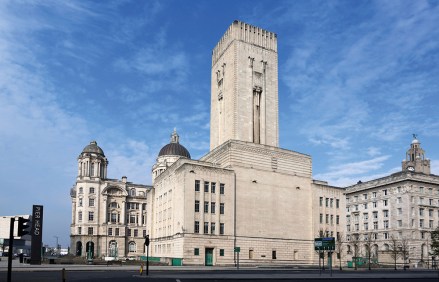Edwin Lutyens: the nation’s remembrancer-in-chief
In unduly modest remarks at the opening of this immaculate book, Clive Aslet, one of our most distinguished architectural historians, notes that there have been substantial biographies of Sir Edwin Lutyens, and he does not pretend to emulate them. His achievement, however, is considerable. Aslet has spent more than 45 years in intense and enthusiastic study of ‘Ned’ and his works, and has not merely an encyclopedic knowledge of what Lutyens built, but two other invaluable qualities. First, he appreciates the sort of man Lutyens was, the influences upon him, and how he interacted with his family (especially his wife Lady Emily) and his clients. Second, he has a deep



